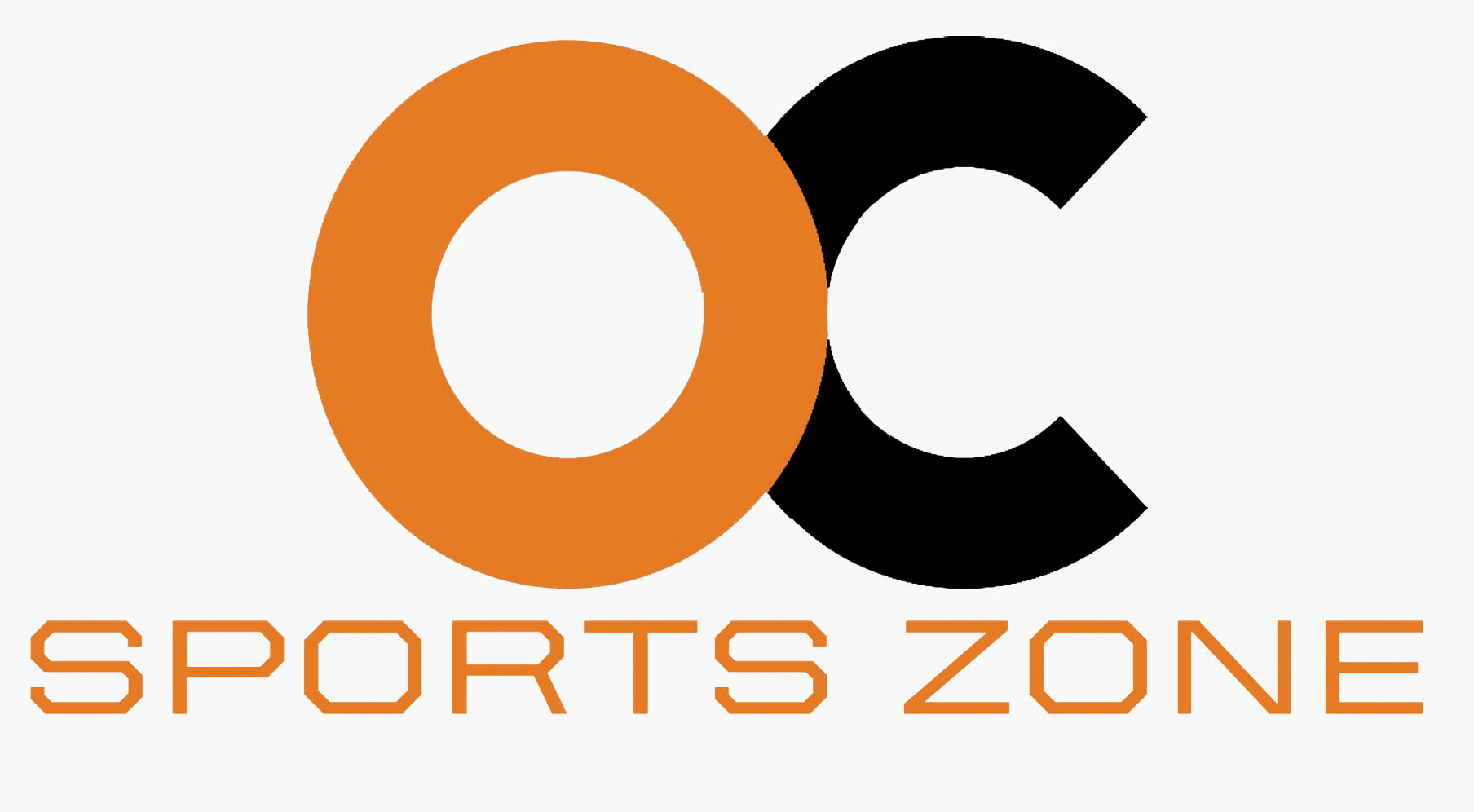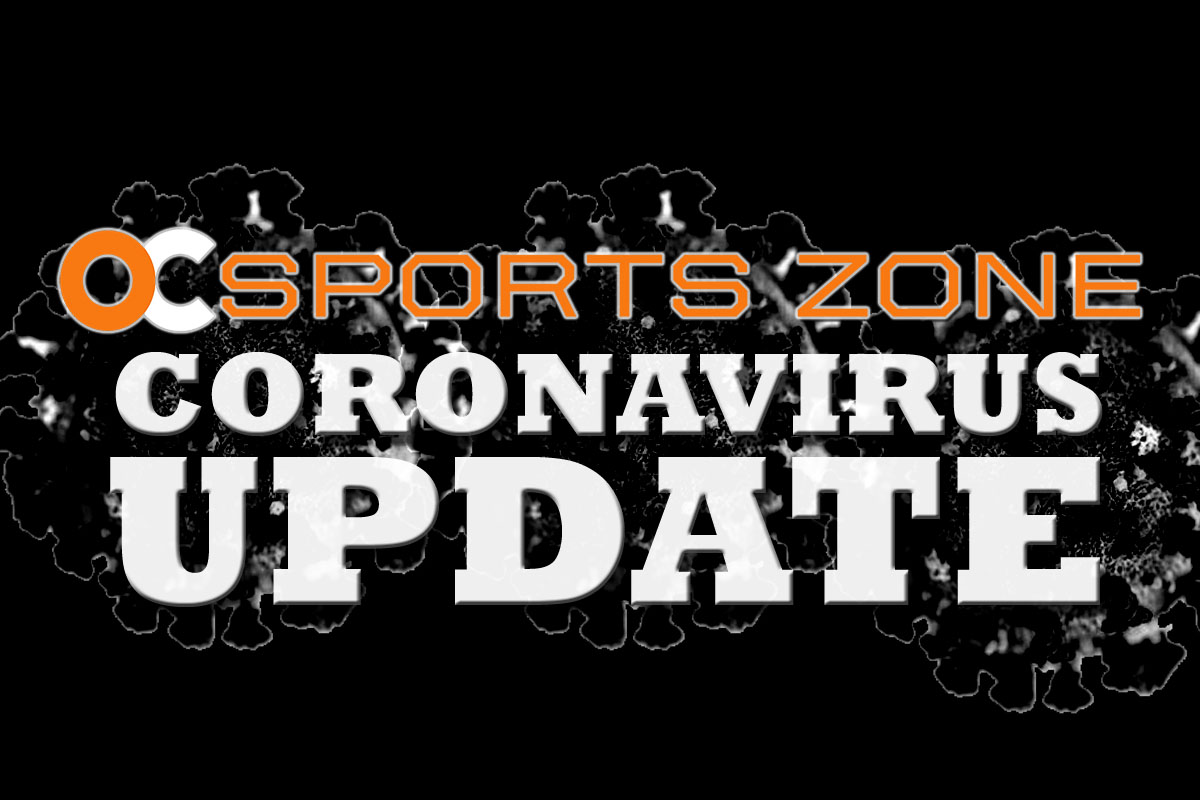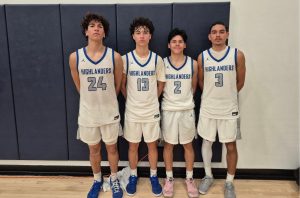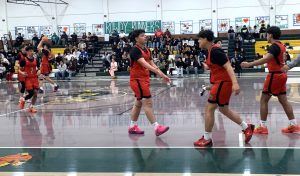Officials with the National Federation of State High School Associations based in Indianapolis released revised guidelines Tuesday to monitor the coronavirus pandemic and risks associated with playing high school sports.
The findings, titled “Statement on Risk of COVID-19 During High School Sports,” were released by the NFHS Sports Medicine Advisory Committee, a 15-member advisory group consisting of medical doctors, certified athletic trainers, high school coaches and officials, research specialists and state high school association executives, according to a release from the organization.
Among the observations, the group said that “prevailing community infection rates appear to be the strongest predictor for high school athletes being infected and proven cases of direct transmission of coronavirus in the athletic setting remain relatively rare.”
It also recommends ending a tiered system introduced in May that put sports in high, medium and low risk categories.
While the group can only advise, its recommedations could help those who are trying to lead the way for the return of more high school sports in Southern California, which is currently in the most restrictive purple tier due to the coronavirus pandemic. Cross country is the only sport currently allowed to compete. High school sports in California had been shut down since the middle of last March due to the pandemic.
Under the tier system in California, football is grouped in the orange tier and would need to drop two tiers before the sport could be played. CIF officials would like to see the abbreviated season start in March and run through April 17 or possibly until the end of April.
CIF Southern Section Commissioner Rob Wigod said Tuesday during the CIF Council meeting that discussions with Gov. Gavin Newsom’s office and California State Department of Public Health are continuing. CIF officials have asked that the tiers be adjusted and proponents of sports returning have suggested the tier system be adjusted or even removed.
Could the revised guidelines help more sports return?
“I certainly hope so,” said Mark Cunningham, Irvine Unified School District Athletic Director. “When evidence is collected from the 40 or so states who went ahead and participated in their seasons along with published and unpublished data in conjunction with the CDC, the American Medical Society for sports medicine and the Academy of Pediatrics, you would have to hope that someone would look at the evidence provided and look at adjusting the guidelines for sports teams going forward in California.”
The NFHS said in its release that “The majority of sports-related spread of the disease does not appear to occur during sports participation, but from social contact.”
The NFHS revised guidelines suggested that states consider some other key factors in considering which sports can be held.
—Athletes who take part in non-contact sports show lower rates of the coronavirus than athletes who compete in contact sports.
—Athletes who take part in outdoor sports show lower rates of the virus than those who compete in indoor sports.
—-Face mask use by athletes in indoor sports results in coronavirus rates that are comparable to the rates that are found in outdoor sports.
NFHS officials said they used shared experiences of many states participating in high school athletics along with recommendations from the CDC, the American Medical Society for Sports Medicine and the American Academy of Pediatrics.
“We applaud the great work of the NFHS Sports Medicine Advisory Committee throughout the past year to provide state associations and high schools with well-considered information during the pandemic,” said Dr. Karissa Niehoff, NFHS executive director in a statement.
“We appreciate the committee’s most recent attempts to reassess how student-athletes can participate in sports moving forward. While we have to be concerned about transmission of the virus first and foremost, we also must consider the mental health of students who have been unable to play sports thus far this year.”
The organization added in its release that: “knowledge of the virus that causes COVID-19 has evolved, we have increasingly recognized that transmission depends upon multiple factors that cannot be easily accounted for by simply dividing sports into three distinct categories of risk.”
The NFHS added that safety guidelines need to be continued to be followed.
“Maximizing efforts to prevent this type of spread remains paramount. Social distancing, mask use, staying home while ill and proper hygiene must continue to be emphasized in the locker room, on the sidelines, and while traveling, dining and interacting in the community.”
CIF officials and the California Department of Public issued their weekly update on the coronavirus pandemic Tuesday and the tiers and the proposed CIF seasons remain the same:
PROPOSED CIF SEASONS:
Season 1 sports (January – April): Traditional competitive cheer, cross country, field hockey, football, gymnastics, skiing/snowboarding, girls volleyball and water polo.
Season 2 sports (March – June): Badminton, baseball, basketball, competitive sport, cheer, golf, lacrosse, soccer, softball, swimming and
diving, tennis, track and field, boys volleyball and wrestling.
TIERS BY CDPH:
Purple (Widespread): Sports allowed cross country, golf, skiing/
snowboarding, swimming and diving, tennis, and
track and field.
Red (Substantial): Sports allowed baseball, field hockey,
girls lacrosse and softball.
Moderate (Orange): Sports allowed badminton, football,
gymnastics, boys lacrosse, soccer, volleyball and
water polo.
Minimal (Yellow): Sports allowed basketball,
competitive cheerleading and wrestling.
-Tim Burt, OC Sports Zone; timburt@ocsportszone.com






More Stories
La Habra holds on for thrilling victory over La Serna in CHOC Tourney game
Cypress standout guard Ryan Gov commits to play for Azusa Pacific University
Newport Harbor captures championship of Western Classic with victory over Servite